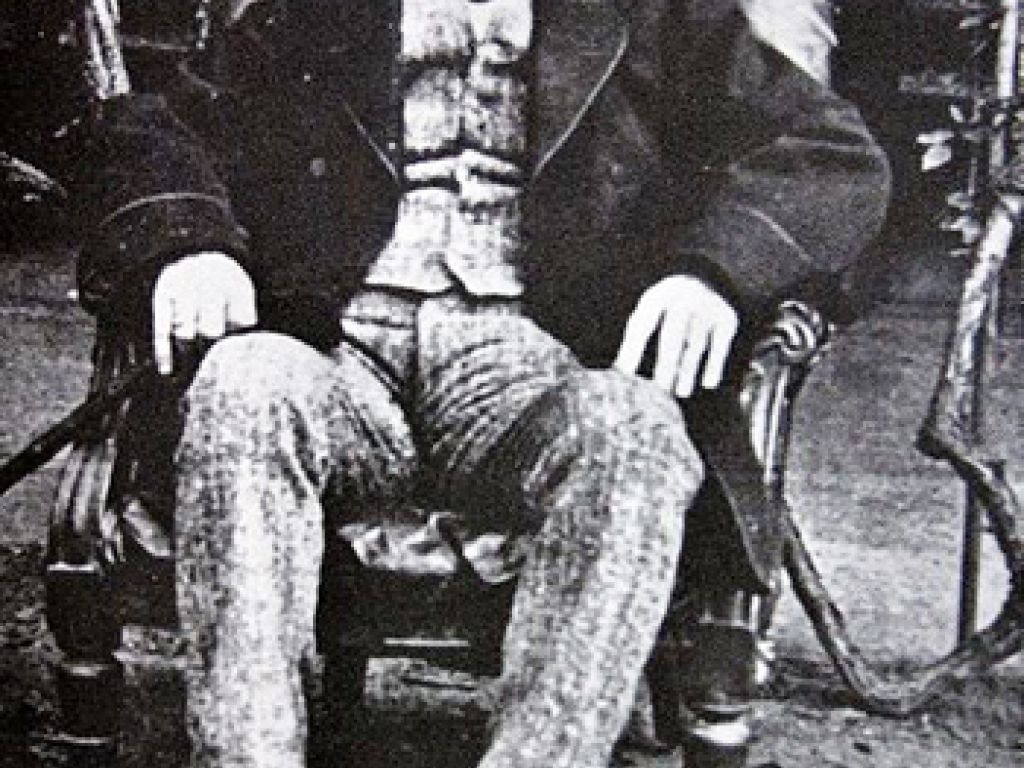Earliest dinosaur discoveries in South Africa made in 1845

Tara Turkington
South Africa has a rich heritage of fossils ranging from dinosaur eggs to plant fossils, as well as earliest evidence of modern humans, Homo sapiens. The earliest documented dinosaur fossil discovery in South Africa was in 1845.
At Maropeng you can learn about this rich heritage by visiting the exhibition, viewing fossils on display or attending one of our fun events, such as the Cooper’s Cave picnics.
At the recent opening of the Treasures of our Past fossil display, currently running at Maropeng, Professor Bruce Rubidge, director of the Bernard Price Institute (BPI), told visitors many interesting stories about how he and palaeontologists before him, such as Professor James Kitching, made their fossil discoveries.
The BPI is a palaeoscientific research institute based at the University of Witwatersrand (Wits) in Johannesburg. The fossil display includes hominid and dinosaur fossils from the BPI, as well as from the Insitute for Human Evolution, also based at Wits.
Dr William Guybon Atherstone and Mr Andrew Geddes Bain made the earliest discovery of dinosaur bones in South Africa in 1845.
Bain, a Royal engineer, and Atherstone, a doctor, took “a holiday excursion for the purpose of geological exploration” in early 1845 at Bushman’s River, in the Eastern Cape. Arriving a day late at their holiday camp site, Atherstone was greeted by Miss Jeanie Bain who was “slowly staggering up the hill under some heavy load” of stones. He immediately went to help her and saw that they were not stones but fossilised “bones bigger than those of an ox!”
Atherstone and Bain thought the creature to whom the bones had belonged was related to the Iguanodon, which had been described by Dr Gideon Mantell in England in 1825. They sent the fossils, or at least some of them (there is no record of the large bones “as big as an ox” reaching Owen), to Owen in England. In 1876, it was described by Owen, incorrectly, as Anthodon serrarius.
But in 1909, Dr Robert Broom visited the British Museum of Natural History and examined the Bushman’s River material. He named it Paranthodon africanus, a close relative of the stegosaurus.
There are many fossils still to be discovered in South Africa, but how do you know what to look for? In this video, Rubidge explains how he discovered Tapinocaninus pamelae, also known as “Fred”, a 260-million-year-old pre-dinosaur.